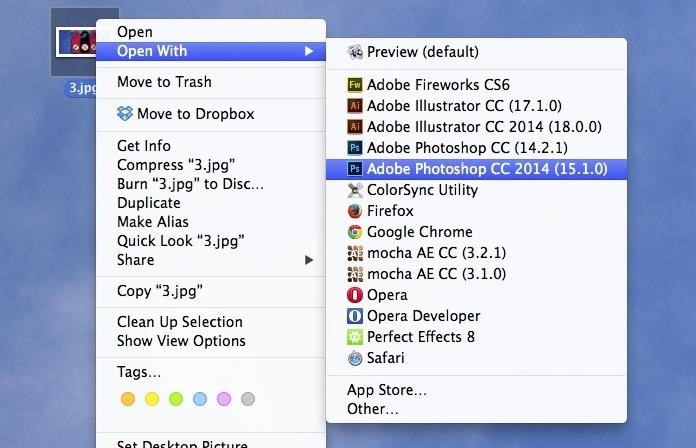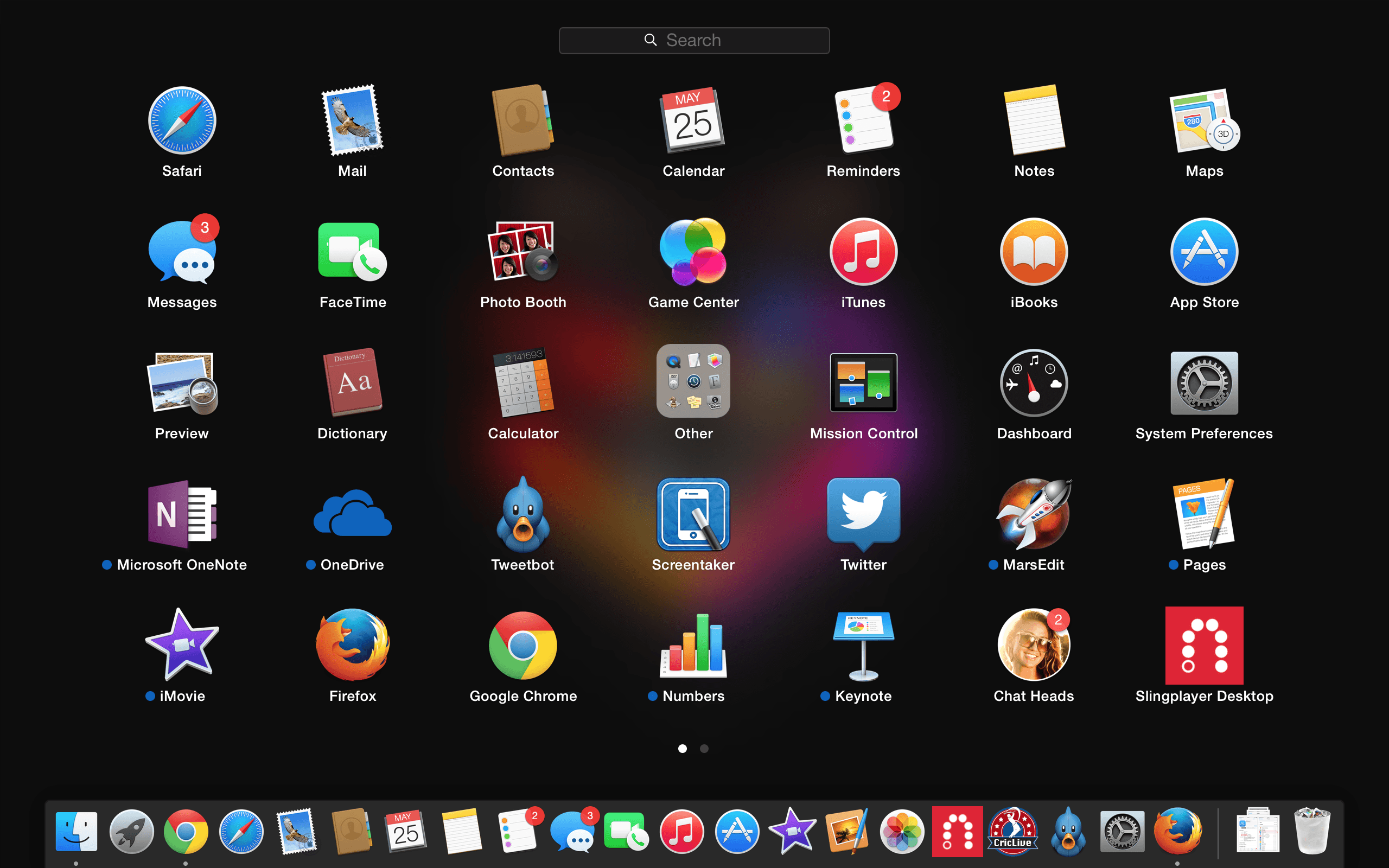

Source: Real-World-Systems (opens new window) # Command line interface basics # Print the helpĭefaults rename $ # 💻 List of commands # Dock The defaults command line interface is a way to interact with these values. Keys are strings, values can be complex data structures comprising arrays,ĭictionaries, strings, and binary data. If a default isn't specified in the application's domain, it may be specified in NSGlobalDomain.Įach domain has a dictionary of keys and values representing its defaults e.g. User defaults belong to domains, which typically correspond to individual applications.Īpplications, system services, and other programs have their own domains, they also share a domain named NSGlobalDomain. Much of this information is accessible through an application's Preferences panel but sometimes they're hidden. MacOS applications and other programs use the defaults system to record user preferences and other information to be maintained when the application isn't running (font for new documents, or the position of an Info panel).

DEFAULT PROGRAMS ON MAC OS X HOW TO
If you’re wondering how to do this, just follow these simple instructions. While we’re on the email topic, you also have the opportunity to quickly and easily swap your default email application on your Mac. Now, whenever you click on a link, for instance, in an email forwarded from a friend, you’ll see this new default pop up instead. The option you selected will now be established as the new default. That’s all you have to do no need to do anything else. Select the drop-down arrow and pick a different option. Scroll a little, and around halfway down the page, you’ll notice a note labeled Default web browser. This option should be located in the top-left corner of the screen. To switch your default web browser on your Mac computer, just open up your System Preferences. But we’ve found that it’s a fair amount slower than some of its rivals, and you may have a particular web browser you want to replace it with. Given that it’s made by Apple, it should be no surprise that it puts a strong emphasis on privacy. Safari is Apple’s own web browser, and it’s set as the default browser on your Mac by default. Next time you go to open a file with the same extension, it will open with your new default app. Here, head to the Open with section and choose your new app from the drop-down list, then click Change All. To change that, Ctrl+click the file in question, then click Get Info. By default, your Mac will open it with TextEdit, Apple’s built-in simple text-editing app. RTF file and want to change which app it opens in. Unless you’re looking to change your default web browser or email client (which we’ll cover below), there’s only one method you need to remember when it comes to changing your default apps on a Mac.

Change the default app for specific file types There are, however, a few different ways of doing it depending on what file type you want to open. Change the default app for specific file typesįortunately, it’s easy enough to do.


 0 kommentar(er)
0 kommentar(er)
